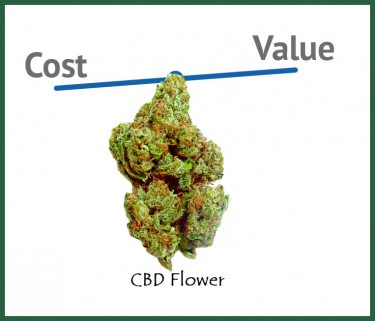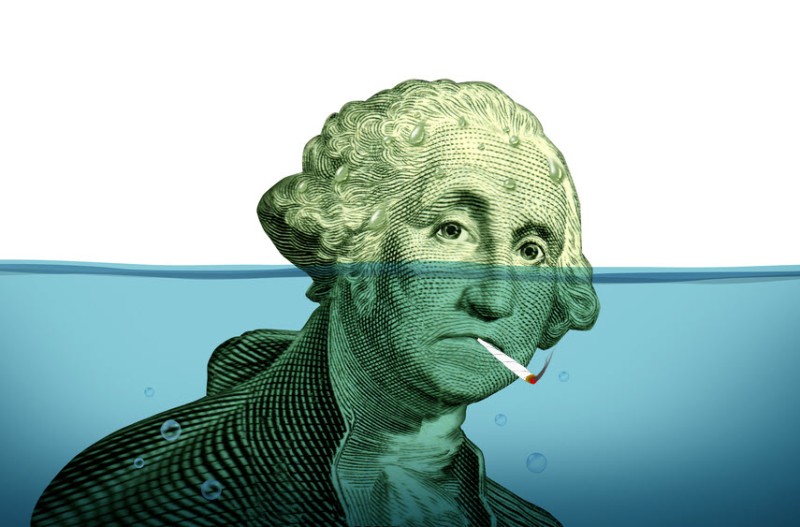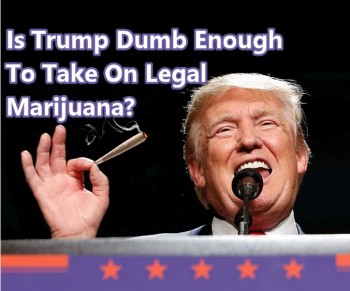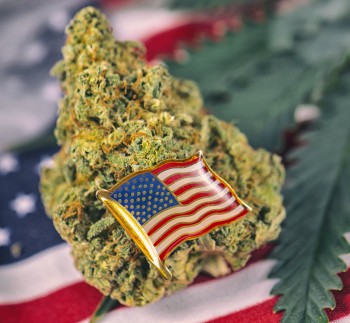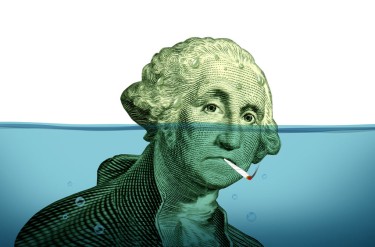
Is The Cannabis Industry Inflation-Proof? The Reason Why Cannabis Prices Are Going Down
Just about everything these days is increasing in price: from food to utilities, and the crazy gas prices soaring due to the war in Ukraine, it can get difficult to keep up with costs.
Thankfully, cannabis prices seem to be going down – and this is fantastic news for consumers.
Data from Headset, a cannabis analytics company, has shown that the prices for cannabis flower, vapes, and edibles have reduced on average by 16.7%, 12.4%, and 11.8% respectively when prices from January 2021 through January 2022 were studied. They analyzed sales taking place in California, Washington, Oregon, Nevada, Colorado, and Michigan.
There are many reasons that contribute to this. For one, risk: if cannabis growers face a high risk of getting caught selling cannabis, then that would contribute to an increase in prices. However, cannabis is legal in most states already, which reflects in a price drop. Growers can legally and safely sell their product to brands as well as consumers directly.
Of course, supply and demand also has an impact on prices. Just because prices don’t increase doesn’t mean inflation isn’t happening; it simply means that there are other forces at work that help keep prices stable. There’s also the fact that the black market still exists (which has long been a cheaper option for consumers in pricey markets), plus taxes, so dispensaries and brands need to ensure that prices are still attractive enough.
In addition, it’s hard to just make a package size smaller while charging customers the same price the way manufacturers have done with other commodities like chocolate bars. This can’t be done as easily with cannabis where many categories of product are sold by either its THC/CBD content or weight, such as flower, edibles, and vape pens. When package sizes are reduced, consumers notice them immediately and they will then be so much harder to market and sell.
The cannabis industry did suffer during the height of the pandemic especially because of challenges spurred by the labor market, and supply chain issues. But the higher costs incurred by these were absorbed by the margins instead of increasing product prices at dispensaries.
Factors Affecting Price
Another report called “Price. It’s Complicated” by Deloitte Canada, BDSA, and Hifyre explains that “consumers are willing to pay a premium price for quality, and the laws of economics do apply to cannabis. But in other instances, price-related factors suggest there are several key differences. The price/quality relationship – in other words, the value – can be confusing. There is no national pricing. And branding does not (yet) play a big role.” The report also found that consumers use the THC and CBD levels of a cannabis product to determine its value, as well as the type of high it will produce which is determined by smell and taste.
It’s also important to note that location plays a role. The report stated that the same product costs differently in various states without clear explanation why. They indicated that 10mg Wana Sour Gummies were selling for $27.59 in Illinois for a 10-piece pack, $18.01 in Colorado, then in Oregon, just $8.03. Take note that some markets have also adopted certain practices that enable their loyal consumers to save money; in Washington and Colorado for example, if you buy more cannabis, you pay less. This kind of method encourages more frequent product turnover while motivating return customers to come back again and again.
So while the cannabis industry isn’t exactly inflation-proof, there are reasons why the price has been seemingly protected from the impact of inflation.
Changing Landscape
These things don’t mean that the prices of cannabis will always stay the same.
Remember that the industry has an ever-changing landscape, and there are different laws in each county and state that will always have an impact on its distribution, legality, and growth. Many states are already mature, and with the coming years, many more will do so. Vice industries including tobacco, alcohol, and pharmaceuticals have been investing seriously into the cannabis market, which, in a few years, will transform the industry.
And just like any young industry, capital is required for cannabis businesses to continue growing. And since it’s still illegal on the federal level, cannabis companies don’t have the same banking benefits that other industries do. Raising capital is a struggle and it is expensive, but thanks to low interest rates, it’s become easier to do so in the last few years.
The Federal Reserve did hint that they were intending to increase interest rates not once but thrice by the end of next year and this could severely impact how cannabis companies are going to be able to get capital for growing their businesses.
Bottom Line
Having said all that, how does one know if you’re paying too much for your habit?
Well there really is only one way to tell: do you feel like you’re getting value from the monthly expenses you’re shelling out for cannabis? If your answer is no, then it’s probably too much.
Inflation is continuing to affect other industries, but for now cannabis consumers can enjoy being spared from it. But the cannabis industry is still on its way to expansive growth, and it will eventually become more socially acceptable to use in the years to come. But despite that, it will continue to face challenges resulting in a volatile environment.
PRICING AND VALUE IN CANNABIS RIGHT NOW, READ MORE..
